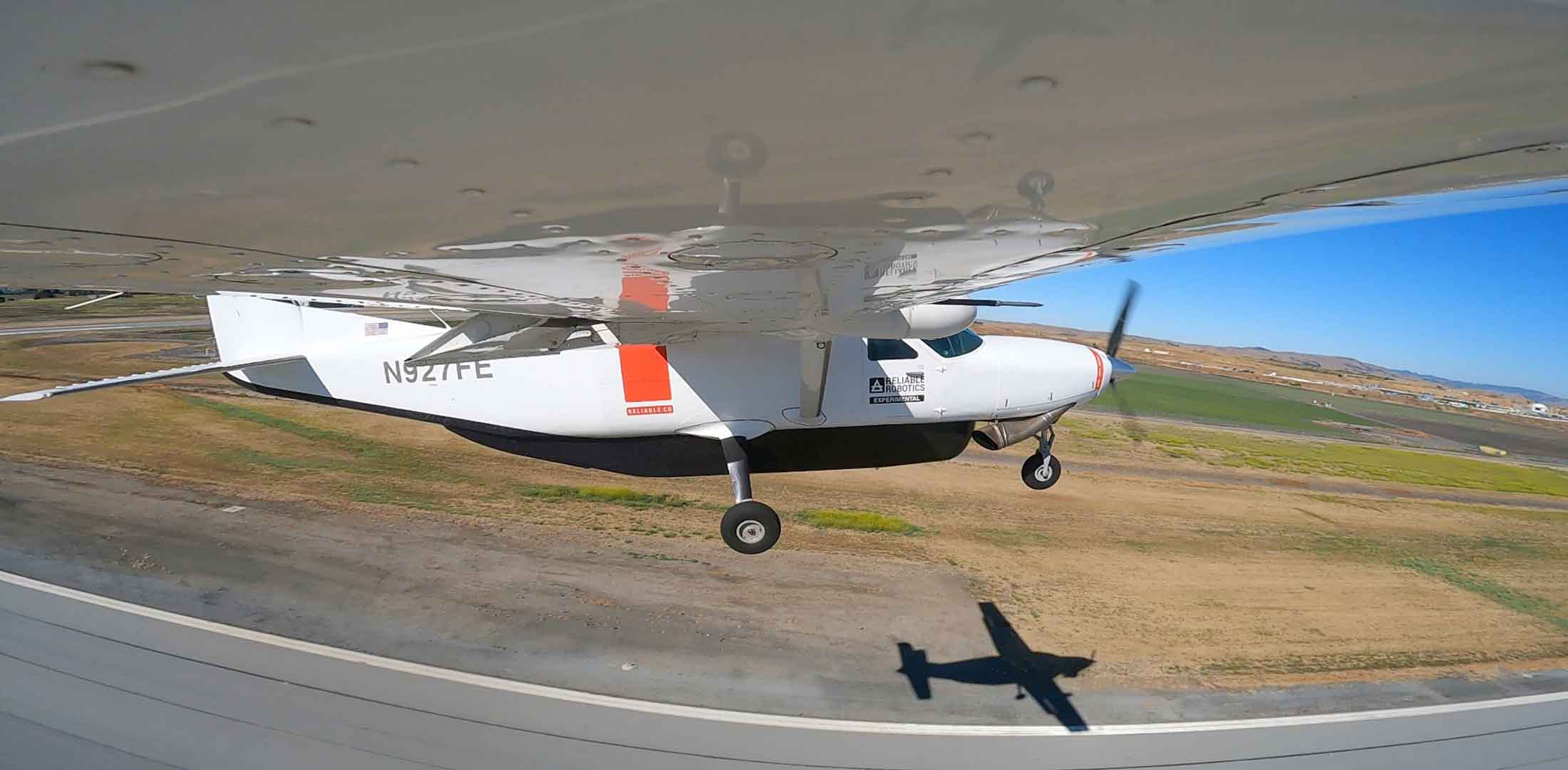Reliable Robotics and FAA Finish Flight Test Campaign
Autonomous flight specialist Reliable Robotics has completed a flight test campaign with the FAA to demonstrate the safe integration of remotely piloted aircraft in congested airspace, the company announced this week.
The week-long flight test campaign, which took place in Northern California, “highlighted the ability for new aircraft systems to interact with third-party service providers and seamlessly integrate into future airspace environments, and provided critical data for future operations,” said Diana Liang, Enterprise Portfolio Manager at the FAA.
Volatus Infrastructure Partners with Australian eVTOL Start-up
Wisconsin-based vertiport developer Volatus Infrastructure has partnered with Australian aerospace start-up Ace VTOL to help enable urban air mobility operations in Australia. In a memorandum of understanding signed on August 22, Ace named Volatus Infrastructure as its preferred infrastructure provider, and the two parties established a joint venture “to expand opportunities in the rapidly growing eVTOL market.”
Ace VTOL is developing a two-seat, muscle-car-inspired personal eVTOL aircraft called the GT Slipstream, which it aims to certify and begin delivering to customers in 2027. The company recently secured a $250 million preorder from Aeroauto.
Another eVTOL Developer Emerges from ‘Stealth Mode’ with Bold Claims
Applied eVTOL Concepts, an aircraft developer that emerged from “stealth mode” last week, says its personal eVTOL aircraft could operate more quietly than any other eVTOL design, thanks to its NASA-proven thrusters. Its two-seat Epiphany Transporter aircraft concept features six tilting ducted thrusters that were originally developed under a $5.1 million grant from the U.S. Defense Advanced Research Projects Agency.
The company claims its all-electric aircraft will have a range of at least 300 miles using new silicon-lithium-ion batteries that are not yet commercially available. Its founders previously collaborated on a personal aircraft called the SoloTrek XFV (Exoskeleton Flying Vehicle), which incorporated gasoline-powered ducted fans into a type of “backpack helicopter” or jetpack.
Chinese Regulator Approves EHang’s Uncrewed Aircraft Cloud System
The Civil Aviation Administration of China has given EHang permission to use its Uncrewed Aircraft Cloud System (UACS) on a trial basis for operating drones and its EH216-S autonomous eVTOL aircraft. EHang announced the approval this week, saying that the decision “further solidifies a vital foundation for commercial operators after the certification of the EH216-S” and that it will support operational safety and management for large-scale flight operations.
The UACS platform handles operational tasks including low-altitude airspace management, fleet coordination, and flight planning. EHang, which has already conducted flight trials with the two-seat EH216-S vehicle in 18 Chinese cities, last week announced that it has completed all tests required for type certification.
Clean Energy Group Masdar Backs ZeroAvia’s Plans for Hydrogen Aircraft
Green hydrogen supplier Masdar has launched a partnership with ZeroAvia to prepare for operations with hydrogen-powered airliners. From its headquarters in the United Arab Emirates, the company will examine options for hydrogen fuel production and supplies at key locations in its home market, as well as in North America and Europe.
ZeroAvia is developing its ZA600 and ZA2000 hydrogen fuel cell-based propulsion systems to convert aircraft with up to 100 seats. It is aiming to be ready to launch commercial operations with 19-seat aircraft in 2025.
Masdar wants to be able to produce one million tonnes of green hydrogen by 2030. The UAE seeks to produce a total of 15 million tonnes of hydrogen (including green and other variants) by 2050 when the air transport industry is supposed to meet its net-zero carbon objective.
